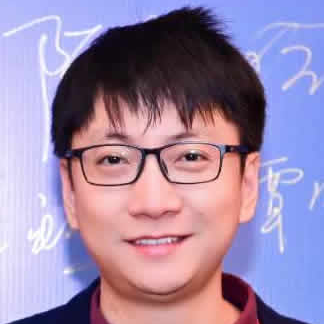Topic Editors


Laser Processing of Metallic Materials
Topic Information
Dear Colleagues,
A laser is a coherent and amplified beam of electromagnetic radiation or light with high-energy incident photons, which can propagate in a straight line with little divergence and generate a wide range of wavelengths, energy/power levels, and beam modes/configurations. As a result, lasers find wide applications in material processing, including laser-assisted forming, joining, machining, and surface engineering. For example, laser additive manufacturing, laser welding, laser cladding, etc., are laser-related technologies. Laser additive manufacturing employs a laser beam as a heat source to melt materials and fabricate components layer-wise. In laser welding, no electrode or filler material is required, and the processing is also performed at high-speed. Laser cladding uses a laser beam to melt the preplaced or synchronous feeding powder/wires, forming a coating on the materials.
Metallic materials, as easily obtainable resources, usually possess attractive properties, such as high strength, high ductility, high workability, a high melting point, desired chemical and dimensional stability, and excellent thermal/electrical conductivity, and play a prominent role in many industrial sectors, including military, traffic, architecture, and the energy and biomedical industries. Relative to other processing methods, the laser processing of metallic materials offers some distinct advantages, such as high processing speeds, high energy density, high accuracy, a narrow heat-affected zone, a wide range of processable materials, and little contamination. Therefore, there is an increasing demand for the processing of metallic materials via lasers. However, many challenges remain, and new research themes have been raised for exploration. Therefore, this research topic aims to highlight the recent advances related to the laser processing of metallic materials. We wish to collect a series of high-quality studies on this topic to more comprehensively understand the relevant mechanisms and facilitate engineering applications.
To tackle the above considerations, this research topic welcomes contributions addressing all aspects of the laser processing of metallic materials. As such, we solicit submissions in the form of research, (mini) reviews, and perspective articles, including, but not limited to, the following themes:
- Advanced laser-processing methods
- Laser additive manufacturing of metallic materials
- Laser welding of metallic materials
- Laser cladding of metallic materials
- New applications of laser processing
- Simulation and optimization of laser processing
- Any other frontier problems related to the laser processing of metallic materials
Dr. Liang-Yu Chen
Prof. Dr. Lai-Chang Zhang
Prof. Dr. Shengfeng Zhou
Topic Editors
Keywords
- laser processing
- additive manufacturing
- laser cladding
- laser welding
- metals
Participating Journals
| Journal Name | Impact Factor | CiteScore | Launched Year | First Decision (median) | APC | |
|---|---|---|---|---|---|---|

Coatings
|
3.4 | 4.7 | 2011 | 13.8 Days | CHF 2600 | Submit |

Journal of Manufacturing and Materials Processing
|
3.2 | 5.5 | 2017 | 14.2 Days | CHF 1800 | Submit |

Materials
|
3.4 | 5.2 | 2008 | 13.9 Days | CHF 2600 | Submit |

Metals
|
2.9 | 4.4 | 2011 | 15 Days | CHF 2600 | Submit |

Nanomaterials
|
5.3 | 7.4 | 2010 | 13.6 Days | CHF 2900 | Submit |

MDPI Topics is cooperating with Preprints.org and has built a direct connection between MDPI journals and Preprints.org. Authors are encouraged to enjoy the benefits by posting a preprint at Preprints.org prior to publication:
- Immediately share your ideas ahead of publication and establish your research priority;
- Protect your idea from being stolen with this time-stamped preprint article;
- Enhance the exposure and impact of your research;
- Receive feedback from your peers in advance;
- Have it indexed in Web of Science (Preprint Citation Index), Google Scholar, Crossref, SHARE, PrePubMed, Scilit and Europe PMC.


